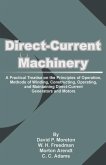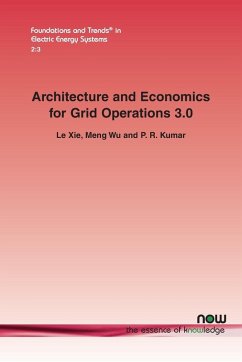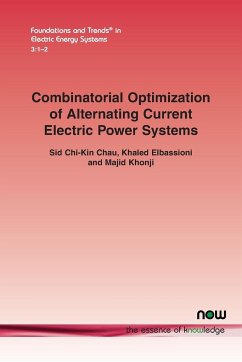The revolution in electric power transmission and distribution started basically in two forms such as alternating current and direct current. With the invention of electromagnetic devices such as transformers and induction machines, transmission and distribution of power in ac form became very popular and adopted universally. Additionally, voltage step up and step down capability of transformer helped in achieving efficient power transmission over long distances. For a few decades that is after advancements in semiconductor technology, dc transmission has gained a lot of importance over ac transmission due to numerous advantages such as reduced power loss, corona loss, interference and skin effect, reduction in the number of conductors, asynchronous operation, the possibility for storage of electrical energy. DC systems are gaining popularity over ac systems with respect to reliability, efficiency, simplicity in control and integration of renewable energy sources into the grid to support the ever-increasing energy demand. Direct-current systems exhibit comparable advantages over ac systems for long-distance transmission as the line charging current is non-existent. It is possible to efficiently transmit bulk power in an HVDC system without voltage sag. The united nations have presented few goals for sustainable development. One among them deals with global climate change. The major contributor to climate change is the CO2 emissions by the transport system. To minimize these emissions the continual usage of the internal combustion engine has been replaced by alternatives. Electrification of automobiles is a feasible solution to overcome the upcoming global warming. However, the transport system needs a source that has a higher power density for heavy vehicles such as naval vessels and air- craft. DC systems provide higher power density and hence attract many companies to build dc power system architectures for their vehicles. DC systems in a miniature way find their applications in offshore and subsea oil & gas fields, all-electric naval vessels, and aircraft. The U.S Navy is developing an MVDC reference architecture power system to serve large, non- linear, stochastic, and pulse loads than a traditional 60Hz system. NASA is evaluating turbo electric aircraft propulsion systems using MVDC electrical networks. Circuit breakers are being used in ac transmission/distribution systems for protection against overloads and short circuit faults. Usually, fault interruption in ac systems by circuit breakers typically takes 4-5 cycles. AC transmission and distribution systems inherently have natural zero crossings of the current which provides an ideal opportunity for the circuit breaker for fault interruption with minimal arcing because of thermal lag. However, the dc system does not provide such natural zero crossings of current which makes the conventional ac circuit breakers technology unable to turn off large dc currents.








